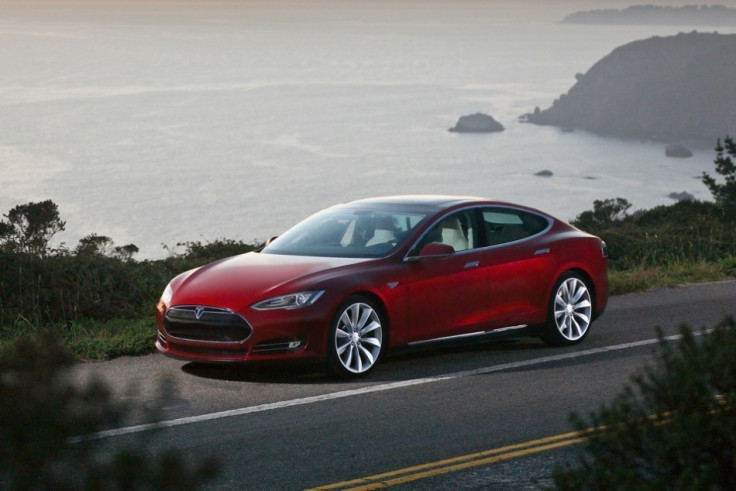Tesla Model S P90D: The one trick pony is performing its speed trick again

Elon Musk has created an awful lot of headlines with the Tesla Model S's new Ludicrous Mode - but boasting of a saloon car's ability to hit 60 miles per hour in 2.8 seconds is missing the point.
Such acceleration from a four-door vehicle with five seats and weighing over two tonnes is a hugely impressive feat of engineering, but I'm getting bored of this one-trick pony performing the same trick over and over again.
Exchanging 0-60, horsepower and top speed stats has always been a surefire way of winning or losing a bragging competition with your mates, but with the new Model S P90 it feels like Tesla is cheating. A big saloon car which can comfortably out-accelerate almost any car ever made feels inherently wrong; it's just too easy and car fans are already getting bored with manufacturers playing Top Trumps with each other.
Nurburgring lap times, once the cream atop the bragging match cake, are quickly falling out of favour with consumers who can see the marketing gimmick for what it is - and with the circuit itself, which has imposed speed limits on some of its faster sections.
Top speeds for all but the most extreme hypercars were reigned in to 155mph some time ago - a rule the latest Tesla sticks to - and advances in tyres and traction control systems mean 0-60 times can be as fast as you want them to be. As the Model S proves, feed enough power to four high-quality tyres and you can out-drag a Formula One car from every set of traffic lights.
But so what?
Wrestling a car to 60 should be a skilful process where a driver works the controls and reacts to what the car is doing with every rotation of its wheels. But in the Tesla there is nothing more to do than floor it and hold on.
Sure, gunning a Tesla P85D is nothing short of a mind-altering experience, but the fun quickly wears off, depleting almost as quickly as the battery's charge and your estimated range. It's too easy, it feels like you're cheating, and worst of all it simply feels out of place. Unwelcome, almost, like the P90D is desperate to show us all how well-endowed it is. Anything by Ferrari, Lamborghini, Koenigsegg and others draw crowds, impress and capture the imagination no matter what they're doing; sub-three second 0-60 times don't really come into it.
Gimmicks are rife in the consumer technology industry - phones with curved, higher-than-HD screens, louder speakers, faster cameras, phones which respond to a knock of your knuckle - and through Tesla they're coming to the car industry too. I don't mind them on smartphones because there really is little else to do; the formula has just about been perfected. But in cars - and electric cars especially - there is a long way to go before gimmicks can reign supreme.
"Faster than falling"
The Model S needs a better interior for starters; one which can rival those from equally-priced (and almost as fast) BMWs, Audis, Mercedes and Jaguars. Maserati plays in this arena too, but accepting the Model S as a genuine rival at the same price point is difficult. So too is understanding why Musk brags about the new car being "faster than falling". I like speed, Elon, but I'm not so keen on falling over.
Another issue I have is Tesla's love of straight line, point-and-shoot performance. European manufacturers would be at pains to show off the trick suspension and carbon brakes of their 762-horsepower weapons. But not Tesla. Tesla adds a new fuse, ups the amps, adds $10,000 (£6,500) to the list price and bangs home another 'fastest ever' press release.
To be fair, their cars provide excellent range for electric vehicles, but an increase on the 300 mile maximum would surely be welcome by every owner; can we not see improvements here instead of dropping the 0-60 time by 0.3 seconds?
Don't get me wrong, I can't wait to try out the P90D for myself. But once the adrenaline levels have subsided and the cruise control is switched on, all that remains is a sensible four-door saloon car just like every other - only one which is quieter, simpler to drive and takes longer to refuel.
Musk is playing an interesting game here, but I can't help think he's using basic physics and expensive gimmicks to pull the wool over our eyes.
© Copyright IBTimes 2025. All rights reserved.






















